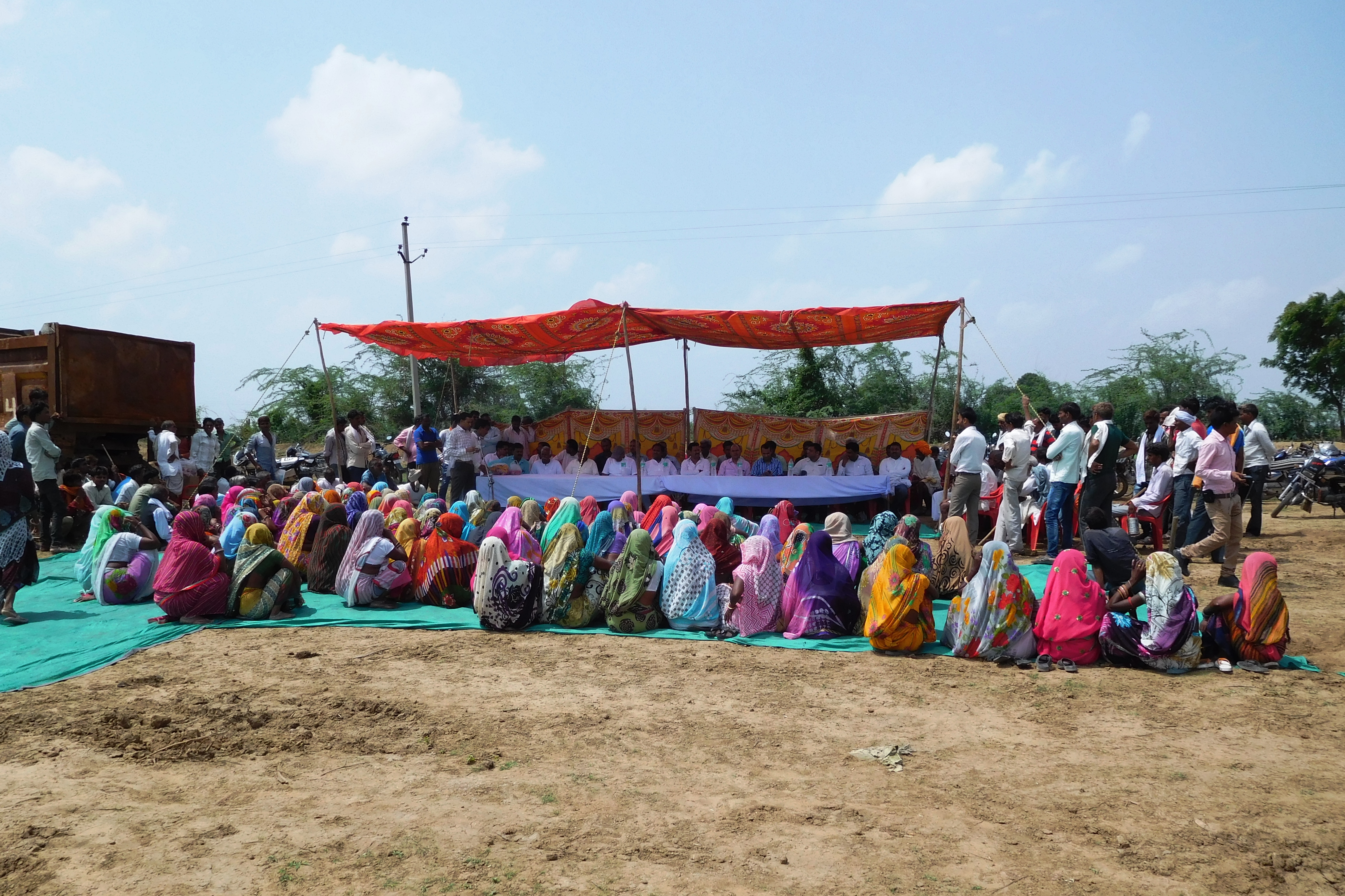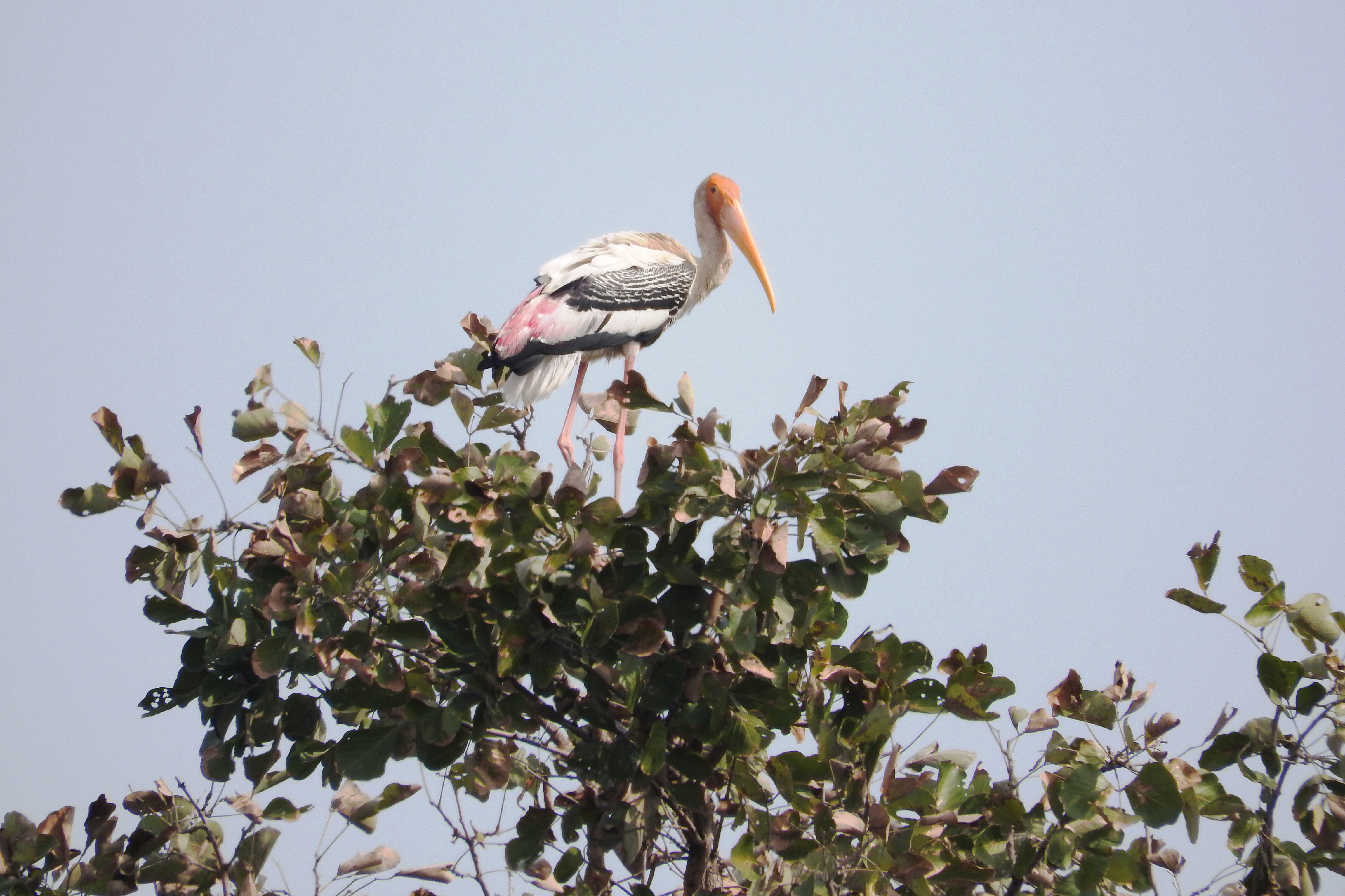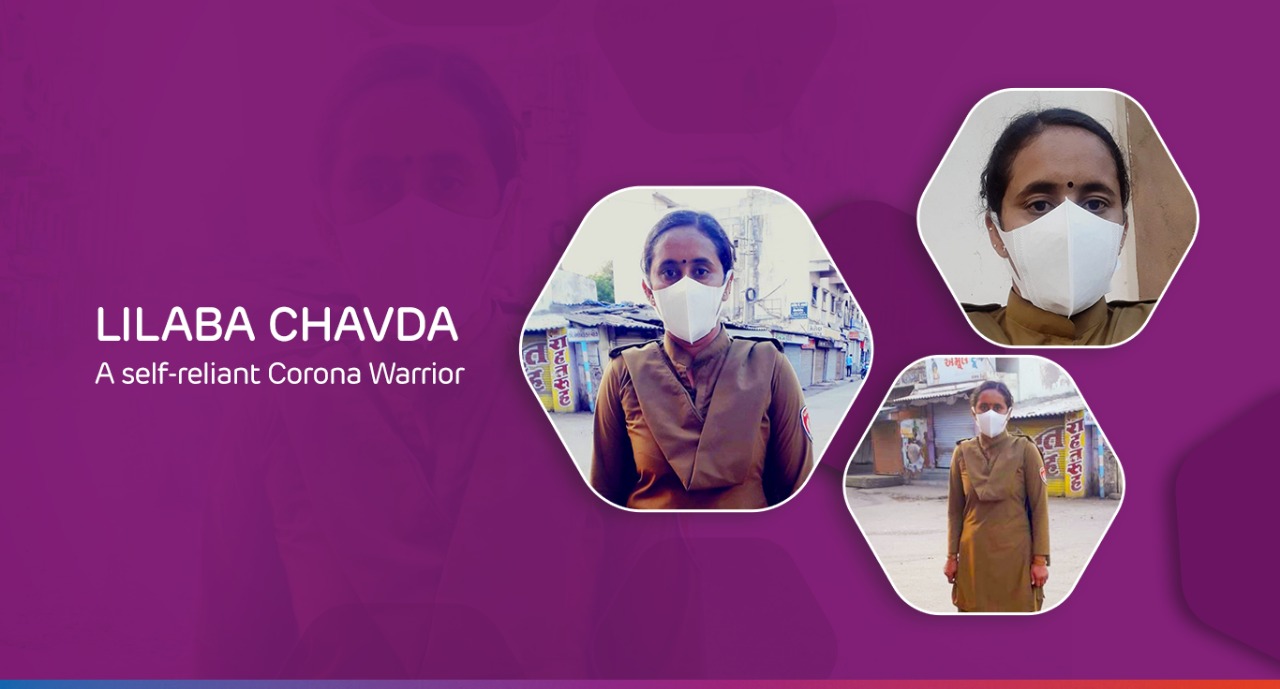
In the poem, The Waste Land, poet TS Eliot describes wasteland as a place which is barren and infertile, having no vegetation – “a wasteland where the sun is harsh and dead trees offer no shade, crickets no longer sing, and water does not run”. Degradation of land has become modern times' curse. The government has realised the importance of reclaiming such land and turning it into a biodiversity park for environmental sustainability. Biodiversity parks play an important role in reducing air pollution, recharging ground water, and mitigating extreme weather conditions and climate change.
Under Mukhyamantri Jal Svavlamban Abhiyan (MJSA), the government aims to approach different states to develop such parks in urban and rural areas. In one such effort, a biodiversity park at Kunjer village in Attru tehsil of Baran district has been developed near Kawai – a CSR site of Adani Foundation (AF). For a decade, AF has been running various projects related to education, SuPoshan, community health, sustainable livelihood, etc., in the villages near Kawai.
It was in April 2016, when the then district magistrate and collector (DM) Mr. S.P. Singh (IAS) called us (AF) for a meeting which was held with all the departmental heads of the district. One of the items on the agenda was to implement the MJSA. The DM urged the Foundation to be part of the Abhiyan in the district and take over a site to implement the project. The MJSA aims at making the village self-dependent by providing a permanent solution in terms of water requirements by involving communities, non-government organisations, corporate social responsibilities, funds from state and national governments, and others.
AF selected Kunjer as it was already a project village, and the CSR team had a good rapport with the community. The CSR team met the then Sarpanch, Shri Prashant Patni, and other members of the gram panchayat and floated the idea of converting the panchayat’s wasteland into a beautiful green landscape — a biodiversity park. The panchayat members concurred and decided to talk to the communities. However, the wasteland had been encroached upon. Those who had encroached the land were shown the maps, and efforts were made to recover it peacefully. A few let go of the land quietly, some reluctantly after repeated counselling, and others had to be dealt with strictly by the district administration.

Around 200 bighas of wasteland became available to the gram panchayat for this intervention. AF and the gram panchayat with the support of government officials signed an MoU, which stated that AF would contribute towards land improvement, fencing, water conservation structure, watch tower and other miscellaneous construction works whereas the gram panchayat would take care of operations and maintenance, including regular weed removal, grass cutting, tree pruning and other works like managing human and capital resources.
AF removed unwanted invasive shrubs (prosopis juliflora) and dug up a 2.5-km-long trench having a 1 m width and a 1 m depth. A barbed wire fence with a 6 ft height was installed on its edges to protect the land from cattle and illegal human trespassing. The trench also helps with water infiltration. A water drainage passing through this land was desilted up to 500m and an anicut was constructed to make water available for the wild animals, birds, reptiles, and amphibians. These interventions remarkably increased the ground water table, prevented soil erosion, enhanced the soil moisture of the land, and helped with vegetation improvement.

A borewell was dug to meet the water requirements during the winter and summer. Pipes and instruments required for watering the plants were made available. A one-storey watchtower was built to guard the park and enjoy the green landscape. An open gym was built for the young, old, and women. Considering the security and protection, a single gate was constructed for entry and exit.

For sound management, a Monitoring and Review committee was established under the chairmanship of CEO, Zilla Parishad-Baran, and the members of the committee included Attru SDM, Attru BDO, Kunjer Sarpanch, a panchayat member, and CSR-Head of the AF - Kawai. The gram panchayat manages the revenue generated through orchards and fruit plants and charges a nominal fee for green and dry fodder. It has appointed six security guards for a 24x7 vigil and built three ponds for water conservation and irrigation of plants. It aids in continuous labour work for women with the support of Mahatma Gandhi National Rural Employment Guarantee Scheme (MGNREGS). Around 35–40 women get 100 days of employment throughout the year – till date, around 25,000 person-days of employment have been generated.

Today, the biodiversity park is home to more than 20,000 trees of more than 150 species. The numbers of birds, mammals, reptiles, amphibians, and hundreds of insect species have increased over the years. It has become a community space for the locals – they come here to enjoy nature, exercise amid the greener and oxygen-rich environment, and meet each other. It has become a replicable model for the gram panchayats, institutions, and government departments. Thada village has already requested our support in replicating this model on the wasteland in their village.






